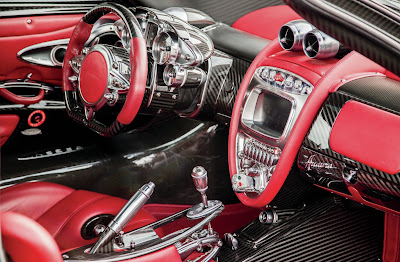CHEVROLET CAMARO ZL1 (2017).
The iconic ZL1 has been reinvented for the
sixth-generation Camaro and is purpose-built
to challenge the most advanced sports coupes
in the world. A refined, driver-focused cockpit helps you get
every last bit of performance from the supercharged 6.2L LT4
engine. Rocketing from 0-to-60 in just 3.5 seconds, running a
quarter mile in 11.4 seconds and pulling up to 1.02 g in g’s, ZL1
is a sports car designed to dominate
every last bit of performance from the supercharged 6.2L LT4
engine. Rocketing from 0-to-60 in just 3.5 seconds, running a
quarter mile in 11.4 seconds and pulling up to 1.02 g in g’s, ZL1
is a sports car designed to dominate
in any setting.
DESIGN AND PERFORMANCE
Sweeping design accommodates airflow in this performance masterpiece.An all-new front fascia features massive upper and lower grille openings for maximum cooling.A functional carbon-fiber composite hood air extractor moves air from the engine compartment to decrease lift, while a more aggressive front splitter and rocker moldings complete this sophisticated aero package.
From the broader front fender that house wider wheels and tires, to the downforce of its three- stanchion spoiler,ZL1 is design to maintain a high level of performance from the first lap to the last.
Interior
Take hold of the flat-bottom, suede-wrapped steering wheel as the roar of the dual-modeexhaust rings through the tech-appointed cabin. Standard RECARO® performance seats with sueded-microfiber inserts put you into the perfect position with cleverly designed bolsters that keep you planted in place and help reduce arm interference during quick shifts.
Put your hand on the suede shifter, press your foot down on the accelerator and you’re off.
Open series is Available
Available early 2017, the fully automatic convertible soft-top seamlessly hides behind a hard, body-colored tonneau cover when you want a taste of the open air. And it can be lowered by the press of a button or remotely using the key fob — even while driving up to 30 mph, so you don’t have to stop to lower the top.
Look for the 2017 Camaro ZL1 to carry a starting price upwards of $60,000




























